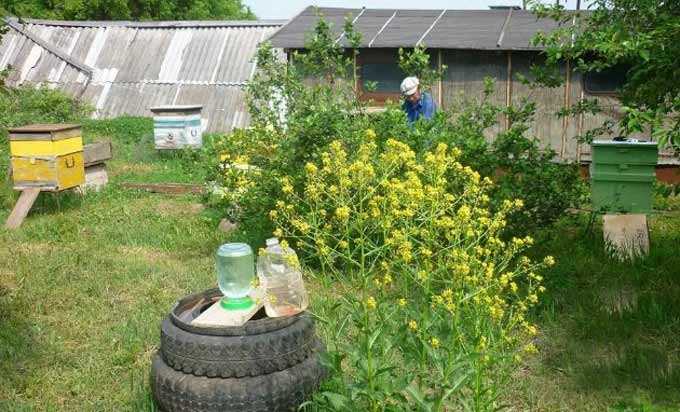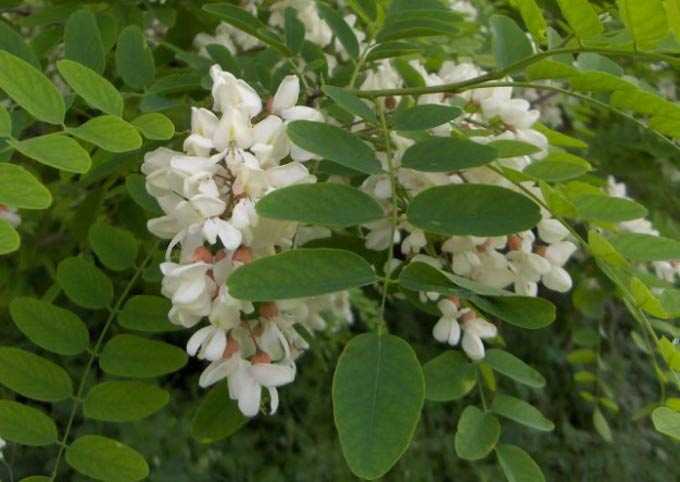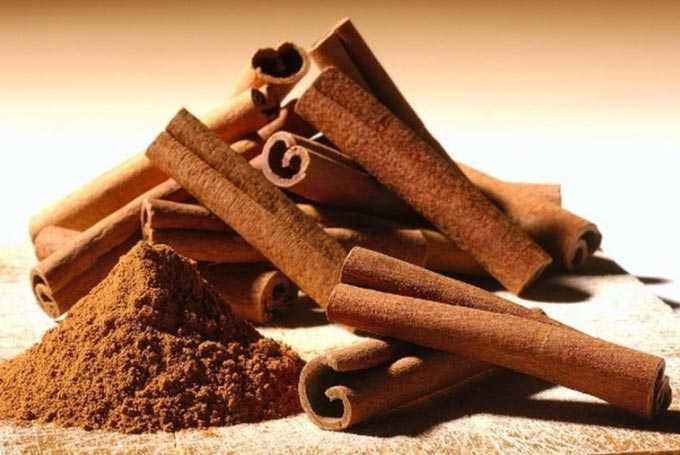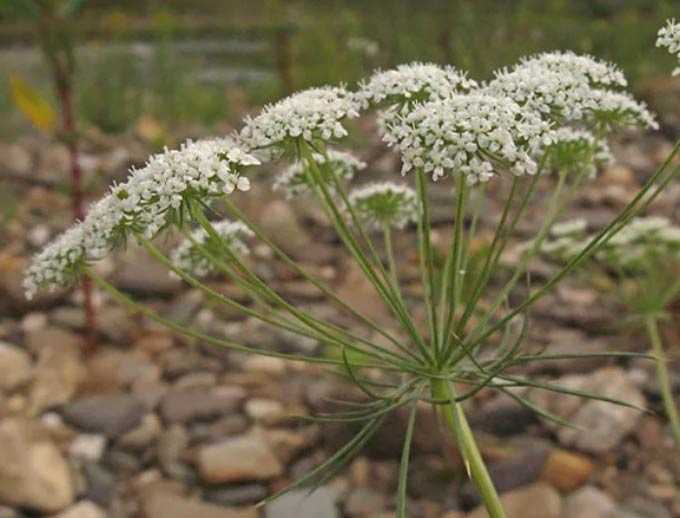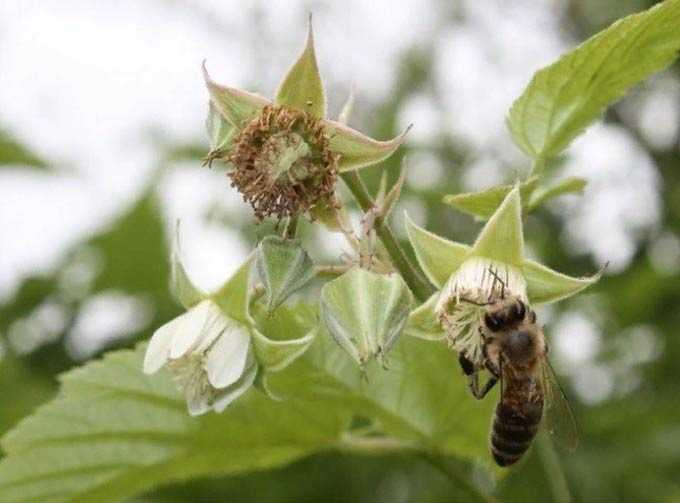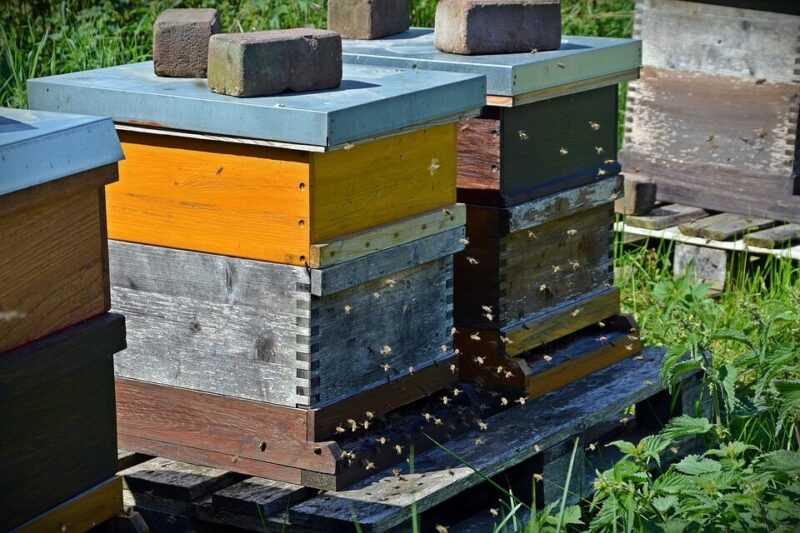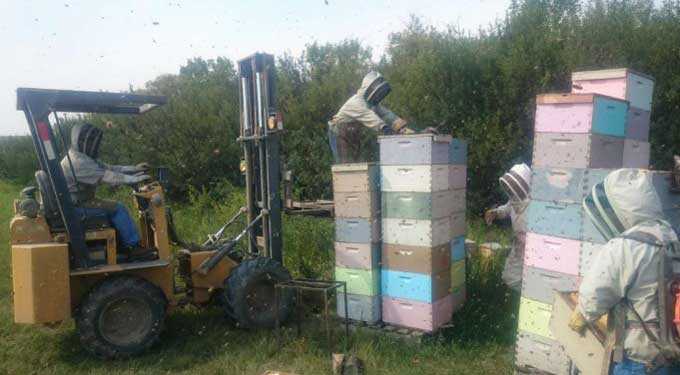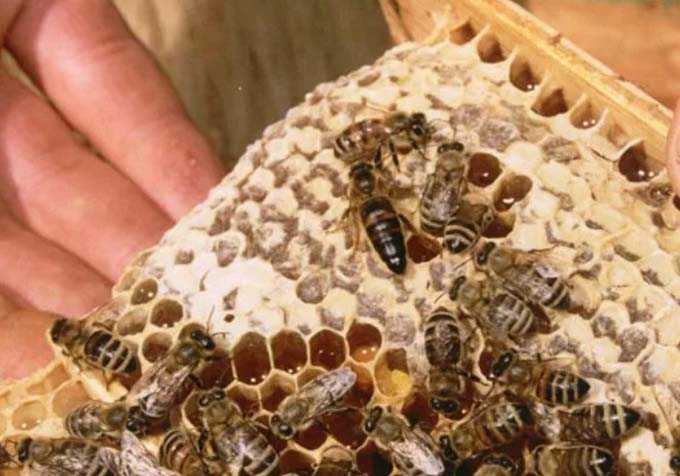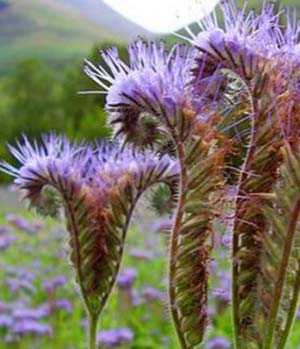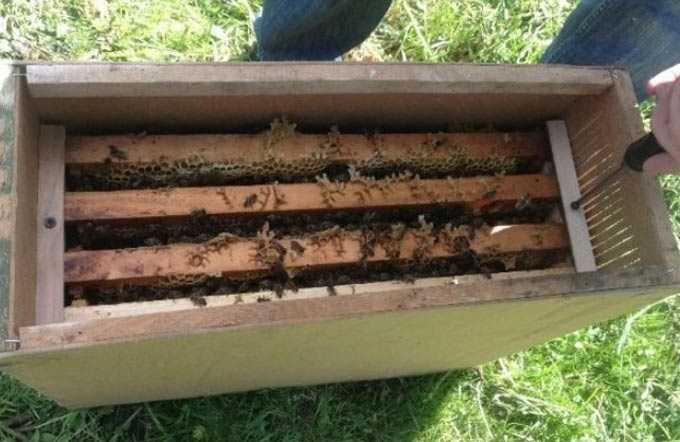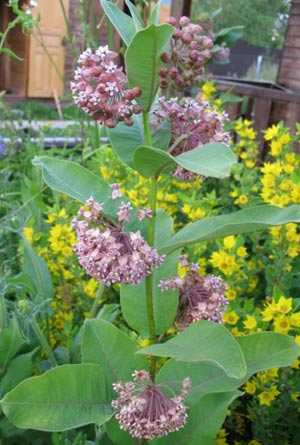Angelica honey plant, which is a biennial or perennial medicinal herb from the umbrella family. The species is common in the Ukrainian forest-steppe and steppe regions. On the territory of Russia, it is found in the same climatic zones.
In the wild, it grows in swampy areas, near lakes, rivers, and other bodies of water. It is found in forest glades and wet meadows, can grow in gorges. It is an excellent honey plant and pollen plant.
The content of the article
- 1 Appearance
- 2 Significance for agriculture
- 2.1 Agrotechnics
- 3 Varieties
- 4 Honey productivity
- 5 Useful Properties
Appearance
The plant can grow from 1 to 2 meters in height. It has a shortened cylindrical root, which, when refracted, releases milky juice. Its leaves are large enough with hypertrophied bases, along the edges of a sawtooth shape.
Small flowers of a greenish-white or pale pink hue, located on multi-rayed umbrellas.
Significance for agriculture
Angelica (angelica) is grown in botanical gardens. As a medicinal plant, it is cultivated in small areas. And beekeepers plant it in the plots near the site.
In agriculture, the plant is used as a fodder crop (silage yield up to 700 centners per hectare).
Agrotechnics
In growing, the honey plant is unpretentious. Not afraid of long frosts. But for its good development, you need to select places with moist soil.
Propagated by seeds, dividing rhizomes and layering from two-year-old bushes.
It is customary to sow seeds in August, after digging up and loosening the soil. All season crops are loosened, weeded and watered.
Biennial angelica bushes are planted in early spring or late autumn. To do this, one-year-old rhizomes are carefully dug out without damaging the roots, then washed with cold water. After that, the workpieces are dried at 40 degrees (in the attic, in drying rooms, etc.). The roots are stored in a cool room with good ventilation.
Varieties
Angelica medicinal or angelica grows scattered or in small thickets in the European part and in the Caucasus. It blooms in the second half of summer and blooms for up to four weeks (an average of 20-25 days).
Angelica (angelica) forest – grows scattered or in small clusters. Found only in the European part of the mainland. It also blooms in the second half of summer for up to 30 days.
Honey productivity
Nectar Angelica officinalis contains an average of 13 mg of sugar per gram.
Bees collect up to 300 kilograms of nectar from one hectare of plantations. This is the maximum value for the angelica honey plant.
Angelica (angelica) forest releases up to 9,7 mg of sugar per day during the mass bribe period.
For a day, one strong bee colony can procure from 5 to 9 kilograms of honey. In total, from 80 to 120 kilograms of honey product can be obtained from a hectare.
Honey after the jump is viscous, has a reddish, brownish or greenish tint. It crystallizes slowly and can retain its viscous structure until springtime. The product has a characteristic rich sweet taste with a noticeable bitterness.
Useful Properties
Angelica honey contains fructose, maltose and glucose. Thanks to its composition, it perfectly helps:
- in the treatment of periodontal disease, gingivitis, stomatitis;
- in the normalization of the work of the heart and blood vessels;
- with diseases of the liver and gallbladder.
In addition, it has general tonic properties, has a beneficial effect on the stomach and improves brain activity.





